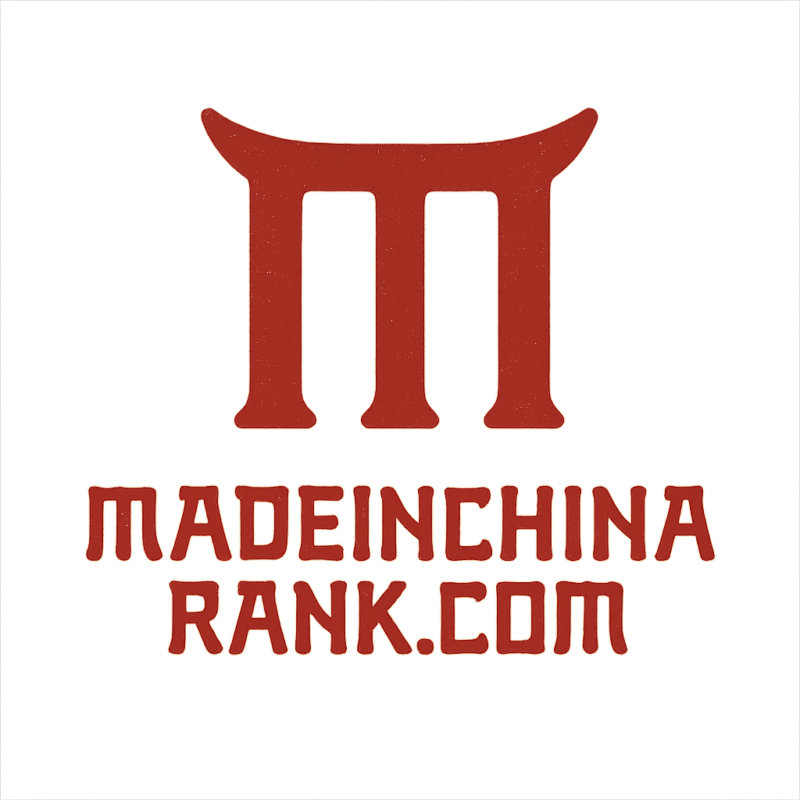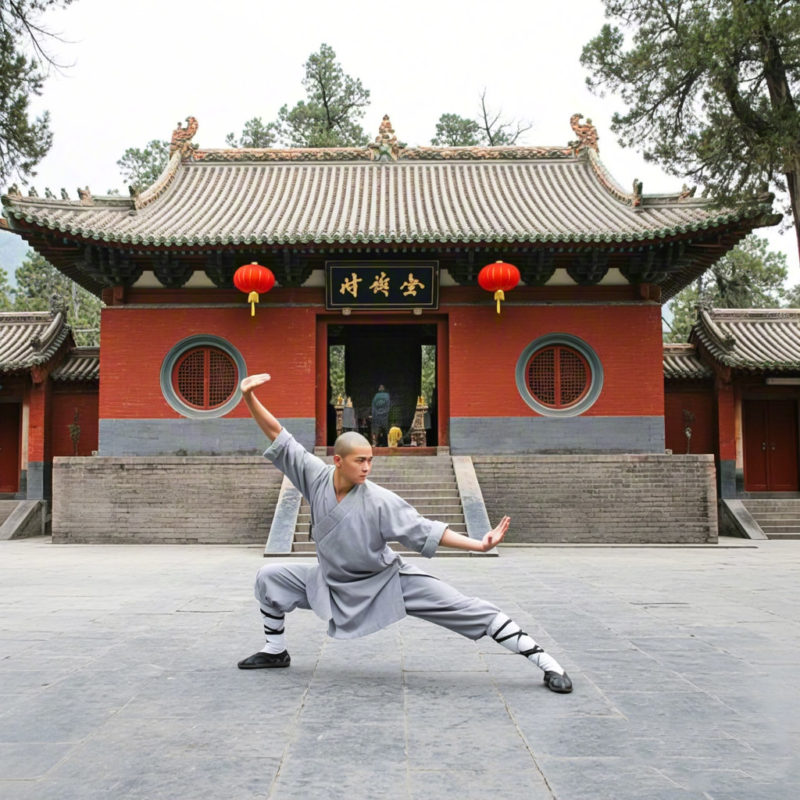1. Origins and Historical Foundation of the Shaolin Sect
The Shaolin Sect, commonly known in Wuxia fiction and historical legend as 少林派 (Shaolin Pai), traces its mythical origins back to the Buddhist monk Bodhidharma, who is traditionally believed to have arrived at the Shaolin Temple on Mount Song in the Northern Wei period. Although modern scholars often regard these accounts as legendary—such as Bodhidharma’s nine years of meditation and transmission of the Yijin Jing and Xisui Jing—the story serves as a powerful symbolic foundation for the integration of 禅宗 wisdom with martial cultivation.
During the Sui–Tang transition, thirteen Shaolin warrior monks reputedly assisted Li Shimin in defeating rivals, earning recognition that cemented the temple’s reputation as a premier martial institution. From that point forward, Shaolin became synonymous with martial excellence across the Central Plains. Over the centuries—from the Song to Ming eras—monastic and lay disciples refined their combat arts, expanding from the original stick and internal arts into a vast system of unarmed and weapon techniques that influenced virtually every major Wuxia narrative featuring Shaolin.
2. Shaolin in Wuxia Fiction: Status and Philosophy
The Authority of Righteousness in Jianghu
In countless Wuxia novels—particularly those by Jin Yong and Gu Long—the Shaolin Sect is depicted as one of the highest-ranking orthodox schools, often paired with the Wudang Sect under the proverb “北崇少林,南尊武当.” Shaolin is portrayed as a guardian of moral order, upholding justice and maintaining neutrality in turbulent martial world politics.
The Ideological Essence: Chan-Martial Unity
Shaolin is not simply a martial faction but a fusion of Buddhist teaching and martial cultivation—the principle of “禅武合一.” This concept emphasizes that true strength arises not from aggression but from inner stillness, self-discipline, and moral clarity. Shaolin monks are bound by a monastic code, balancing compassion, non‑killing precepts, and formidable fighting ability, creating a deeply rooted ideological identity.
3. Legendary Techniques and Internal Martial Arts
The Legendary “Seventy‑Two Ultimate Skills”
Shaolin’s arsenal is often referred to as the “Seventy‑two Ultimate Skills,” a diverse collection of signature techniques encompassing palm methods, stick forms, fist routines, internal breathing, and specialized “Lion’s Roar” or “Vajra Zen” techniques. These skills are notoriously difficult to master and commonly portrayed as secret teachings passed down through generations of elders.
Notable Skills: Yijin Jing, Iron Shirt, and Wooden Man Alley
- 易筋经 (Yijin Jing): Regarded as Shaolin’s most prestigious internal art, believed to refine muscles and tendons to the point of near-superhuman resilience and explosive power.
- 金刚罩 / 铁布衫 (Iron Shirt techniques): Hard-style external arts that condition the body to withstand blunt trauma, forming a major part of early training among Shaolin disciples.
- 木人巷 (Wooden Man Alley) & 十八铜人阵 (Eighteen Copper Men Formation): Ritual trials depicted in fiction, through which disciples prove their mastery before leaving the temple—often represented by mechanical or semi-mythical guardians stationed outside Shaolin.
4. Shaolin Hierarchy and Monastic Discipline
Shaolin Sect in most fictional accounts combines monk and lay disciples under a rigorous hierarchy. Monastic elders supervise doctrine, training, and temple governance, while 俗家弟子 (lay disciples) study alongside monks under close supervision. Such structure allows Shaolin to train thousands of followers while maintaining discipline and secrecy.
In Wuxia stories, Shaolin masters like Fang Zheng (from The Smiling Proud Wanderer) and Xuanci, Hong Qizhen, and the famed “Four Divine Monks” in Heaven Sword and Dragon Saber influence martial world order while embodying virtues of moderation, benevolence, and moral clarity.
5. Shaolin’s Role in Classic Wuxia Narratives
The Heaven Sword and Dragon Saber & Smiling Proud Wanderer
In Jin Yong’s sweeping novels, Shaolin plays pivotal roles—both as a mediator in civil strife and as a bastion of moral authority. These stories repeatedly depict Shaolin’s willingness to intervene in corrupt succession struggles while refusing to become overtly political—revealing a sect identity rooted in universal righteousness rather than sectarian ambition.
Southern Shaolin Legends and Folk Heroes
Outside of Jin Yong’s works, Southern Shaolin legends introduce figures like Fong Sai-yuk, who often train under southern branches of Shaolin Monastery and emerge as heroes resisting tyranny and defending the common people. These narratives reinforce Shaolin’s identity as a protector of the weak and symbol of national unity against oppressive regimes.
6. Cultural Legacy, Modern Representations, and Global Influence
Real‑World Martial Arts and Cultural Heritage
Shaolin Kung Fu is recognized today as one of China’s most significant cultural exports, embodying both martial mastery and Buddhist philosophy. Its training methods, internal/external synergy, and monastic lineage remain influential within modern Wushu schools and martial arts festivals. UNESCO has even acknowledged Shaolin Kung Fu as an intangible cultural heritage, reflecting its iconic global status(Wikipedia).
In Film, Television, and Games
From Jet Li’s Shaolin Temple films to television adaptations like The Smiling Proud Wanderer, the Shaolin image—sticks, chanting monks, trapeze-like acrobatics—has become iconic globally. Modern Wuxia games also feature playable Shaolin classes that let players learn simulated Yijin Jing, Vajra Blade, or Iron Shirt arte, echoing the tradition of Seventy‑two Ultimate Skills and reinforcing Shaolin’s mythic presence in digital Jianghu.
Contemporary Issues: Symbol and Scandal
While Shaolin remains a spiritual and martial symbol, recent real-world controversies—such as the investigation into the former abbot Shi Yongxin over embezzlement and misuse of temple resources—highlight complexities in modernizing a sacred institution. These scandals prompt reflection on how modernity, commercialization, and moral stewardship intersect with the legendary image of Shaolin in both fiction and reality.
This exploration of the Chinese Shaolin Sect in Wuxia demonstrates not just a fictional martial school, but a rich cultural icon blending history, spiritual philosophy, martial prowess, narrative significance, and evolving modern symbolism. From ancient legend to video games, Shaolin continues to evoke awe, discipline, and moral authority in the collective imagination.

